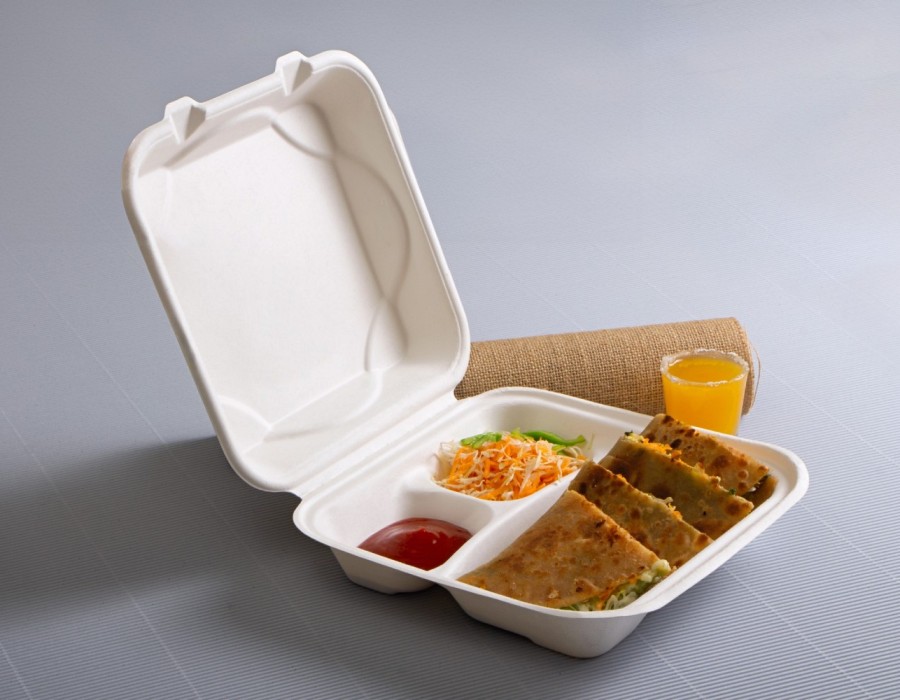Introduction
In recent years, the retail sector has increasingly embraced sustainable practices, and one of the standout innovations in eco-friendly packaging is the use of sugarcane containers. Made from the fibrous residue of sugarcane after juice extraction, these containers are quickly becoming a preferred choice for retailers seeking to reduce their environmental footprint. This blog explores the practical applications and benefits of sugarcane containers in the retail sector.
Versatile Applications in Retail
Sugarcane containers are incredibly versatile and have found applications across various retail environments. For supermarkets, these containers are ideal for packaging deli items, salads, and prepared foods. Their sturdy nature makes them suitable for holding both hot and cold items, which helps in reducing the need for multiple types of packaging. Additionally, their natural appearance and durability make them a popular choice for premium product lines and organic food sections.
In specialty stores and boutiques, sugarcane containers are used for product sampling and demonstrations. Their eco-friendly attributes align with the values of many modern consumers, making them an attractive option for retailers aiming to enhance their brand image and appeal to environmentally conscious shoppers. Whether it's for in-store events or everyday product packaging, sugarcane containers offer a sustainable alternative that supports the store’s green initiatives.
Environmental and Economic Benefits
The shift towards sugarcane containers brings significant environmental benefits. Unlike plastic containers, which contribute to pollution and landfill waste, sugarcane containers are biodegradable and compostable. This means they break down naturally, reducing the overall environmental impact. Retailers adopting these containers can effectively lower their waste production and contribute to a more circular economy, aligning with broader environmental goals and corporate sustainability strategies.
Economically, sugarcane containers offer competitive advantages as well. While they may have a slightly higher upfront cost compared to traditional plastic options, their compostable nature can lead to long-term savings. Retailers can reduce waste disposal costs and potentially benefit from incentives tied to sustainability practices. Furthermore, the positive brand perception gained from using eco-friendly packaging can drive customer loyalty and attract new shoppers.
Consumer Perception and Brand Image
The use of sugarcane containers can significantly enhance a retailer's brand image. Today’s consumers are increasingly aware of environmental issues and are more likely to support businesses that prioritize sustainability. By incorporating sugarcane containers, retailers demonstrate their commitment to reducing environmental impact, which can foster customer trust and loyalty. The visual appeal of these containers, with their natural and rustic look, also adds a premium touch to the products they contain, which can be a crucial differentiator in a competitive market.
Challenges and Considerations
Despite their advantages, sugarcane containers are not without challenges. Retailers must ensure that these containers are used properly to maximize their benefits. For example, they should be stored in conditions that prevent them from becoming soggy or losing their structural integrity. Additionally, while sugarcane containers are compostable, they must be disposed of in appropriate composting facilities to ensure they break down as intended.
In conclusion, sugarcane containers present a compelling option for the retail sector, offering both practical applications and numerous benefits. Their versatility, environmental impact, and positive effect on brand image make them a valuable addition to sustainable retail practices. As more retailers adopt these containers, they contribute to a broader movement towards greener, more responsible packaging solutions.





Comments